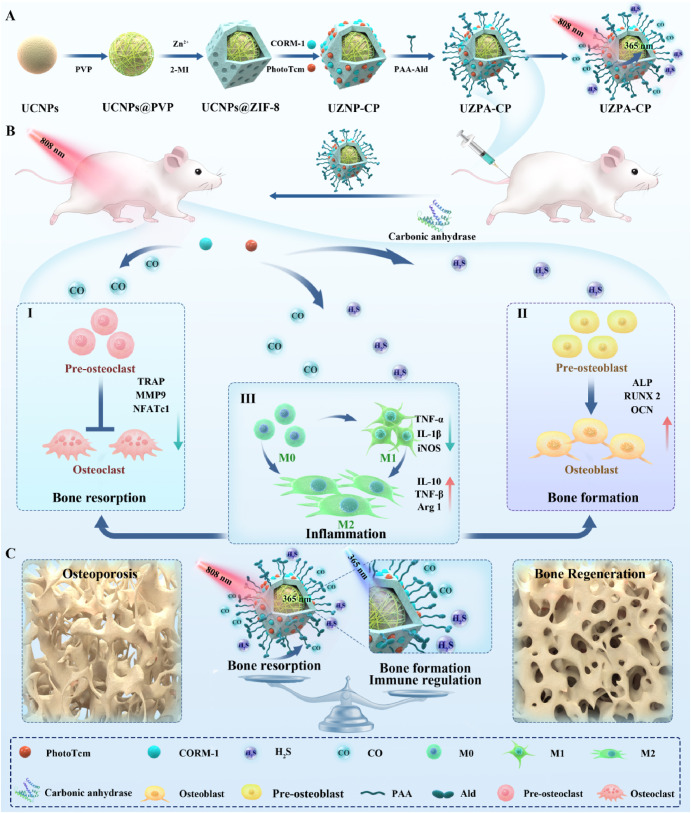
A Discovery of a Brain Protein’s Role in Strengthening Bones: A New Hope for Osteoporosis Management
Osteoporosis is an often unnoticed yet severe condition that progressively weakens bones, putting millions—particularly older women—at risk for painful fractures. However, an unexpected finding may soon revolutionize treatment approaches. A protein named Neural EGFL-like 2, or NELL2, which has previously been associated with brain and reproductive functions, has now been identified as a crucial player in maintaining bone health. Groundbreaking research published last month in Bone Research suggests that NELL2 could be pivotal not only in halting bone loss but also in reversing it.
Researchers at Tianjin Medical University in China have demonstrated that NELL2 plays an active role in fostering bone creation and inhibiting fat accumulation in bone marrow—two essential processes that diminish with aging and menopause, contributing to the onset of osteoporosis. In mouse studies, supplementation with this protein notably enhanced bone strength and quality, setting the stage for a potentially transformative treatment.
Comprehending Osteoporosis—and NELL2’s Innovative Role
Osteoporosis impacts over 200 million people globally, with approximately 90 million in China alone. The condition arises when the balance of bone remodeling tips: existing bone deteriorates faster than new bone is generated. This imbalance results in fragile bones and a heightened risk of fractures, especially in critical areas like the hip, spine, and wrist.
Historically, osteoporosis treatment has concentrated on decelerating bone loss. However, NELL2 introduces a fresh perspective: invigorating the body’s inherent ability to generate new bone.
The research indicated that NELL2 levels decline with age and decrease even more post-menopause—precisely when the risk of osteoporosis surges. Yet, in laboratory mice with induced osteoporosis, replenishing NELL2 led to remarkable enhancements: increased bone thickness, reduced fat accumulation in the marrow, and improved overall bone structure.
The Dual Benefits of NELL2
NELL2’s distinctive attribute lies in its dual functionality:
– It amplifies the activity of osteoblasts—cells responsible for creating bone.
– It inhibits the formation of fat cells in bone marrow, which tend to increase with aging and replace healthy bone tissue.
Essentially, NELL2 fosters an environment conducive to bone growth rather than fat accumulation. In mice genetically modified to lack NELL2 in bone-forming cells, bones became less dense, and marrow fat increased, replicating the patterns observed in human osteoporosis.
Conversely, administering the NELL2 gene directly into the bones of osteoporotic mice led to substantial improvements in both bone volume and structure through adenovirus-based gene therapy.
Delving into Cellular Mechanisms: How NELL2 Functions
At the molecular level, NELL2 attaches to a specific receptor on the surface of bone cells known as fibronectin 1. This binding activates a cascade of signals by engaging essential pathways such as focal adhesion kinase (FAK) and protein kinase B (AKT). These molecules are recognized as crucial in bone development and repair.
The activation of this signaling pathway enhances genes that support bone formation while inhibiting those that encourage fat accumulation. This finding solidifies NELL2’s vital role in bone biology and highlights potential targets for future pharmaceutical developments.
Significant steps taken in the study comprised:
– Genetically removing NELL2 from the bone-forming cells of mice.
– Observing variations in bone density and marrow composition.
– Cultivating bone marrow cells to analyze how NELL2 affects their growth.
– Examining the molecular relationship between NELL2 and its receptor, fibronectin 1.
– Utilizing viral gene therapy to reinstate NELL2 in osteoporotic mice.
Existing Treatments Are Insufficient
Though several options exist for osteoporosis management—including bisphosphonates, hormone therapies, and novel bone-building medications—none provide a holistic solution. Many primarily aim to slow bone loss instead of effectively stimulating new bone generation, and some have significant side effects or are limited to short-term applications.
Current anabolic agents like teriparatide or romosozumab have exhibited potential in increasing bone mass; however, their effectiveness often plateaus or diminishes over time, and they are not appropriate for all patients.
In contrast, NELL2 could present a more natural and longer-lasting approach to bone restoration, harnessing the body’s own cellular mechanisms.
Encouraging Outcomes from Gene Therapy
To evaluate the practical application of NELL2 as a treatment, scientists utilized mice that underwent ovariectomy to simulate postmenopausal osteoporosis. They then introduced the NELL2 gene through adeno-associated virus (AAV) technology—a validated platform for gene therapy.
Two months post-treatment, the outcomes were impressive:
– Bone density and microstructure showed significant improvement.
– The count of osteoblasts (bone-forming cells) rose.
– Marrow fat and bone-resorbing cells diminished.
These combined effects effectively reversed many of the characteristic features of osteoporosis in the treated subjects.
“This represents a transformative finding,” stated Dr. Baoli Wang, the lead author of the study. “NELL2 not only rejuvenates bone but also prevents its degeneration in a coordinated manner.”